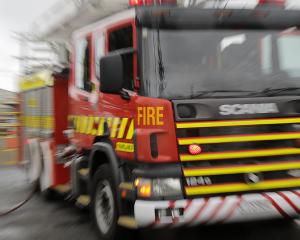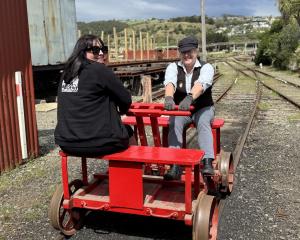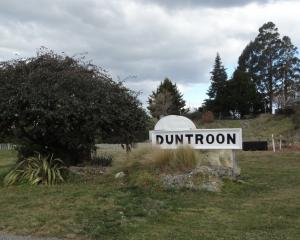A resource consent application has been filed for a small dredge to suck gold from the Maerewhenua River, with pressure mounting for people to be have a say on the project.
Otekaieke man Dale Franklin has sole rights over gold mining most of the upper reaches of the river under a 10-year mining permit covering 53.43ha which includes about 23km of riverbed.
When this became known in August, particularly the effect it would have on hobbyist miners who used the river, Mr Franklin was subject to threats and abuse.
Now, he has applied to Environment Canterbury (ECan) for land use resource consent for works in or within 7.5m of the river and its bed.
The application covers excavating and disturbing the bed and depositing material or substances as part of suction-dredging for gold, with a start date of within five years.
Keen angler Neil Thorpe who, along with others, is opposed to the operation, said many interested parties would be lobbying ECan for the application to be publicly notified so they could make submissions against it.
Central South Island Fish and Game Council had also said any application should be notified.
However, Mr Franklin believed he had carried out consultation with affected parties and had their approval.
He requested the application be non-notified (no public submissions or hearing).
An ECan media spokeswoman said a recommendation had not yet been made on the issue of notification.
''We are currently waiting on further information and written approvals. The onus is on the applicant to provide this and, because we haven't received it yet, we are unable to give a timeframe in regards to a decision.''
For the application to be non-notified, ECan must be convinced it would have or was likely to have no more than minor adverse effects on the environment, and the activity's adverse effects on people would be less than minor, she said.
Mr Franklin's application covers retrieving gold with a suction pump driven by two petrol motors with a 12cm to 15cm nozzle mounted on about 2.4m-long floating pontoons.
That equipment will cost about $20,000.
Streambed material is sucked into a header box then into a sluice box where the heavier gold is separated from other material and trapped.
Gravel and other material washes through the recovery system and back into the stream to fill in any holes created as the dredge moves along the waterway.
The suction dredge would only be used to remove material from the river bed, not banks or under or around other structures.
Mr Franklin had consulted Ngai Tahu through the Waihao rununga and other affected parties about the proposal.
Conditions suggested in the application after that consultation included no dredging from May to September, a nozzle size no larger than 15cm, no dredging over more than 100m in 12 hours, photographs to be taken before and after dredging operations, a 10m buffer between any structure along the river and adherence to Ngai Tahu protocols.












